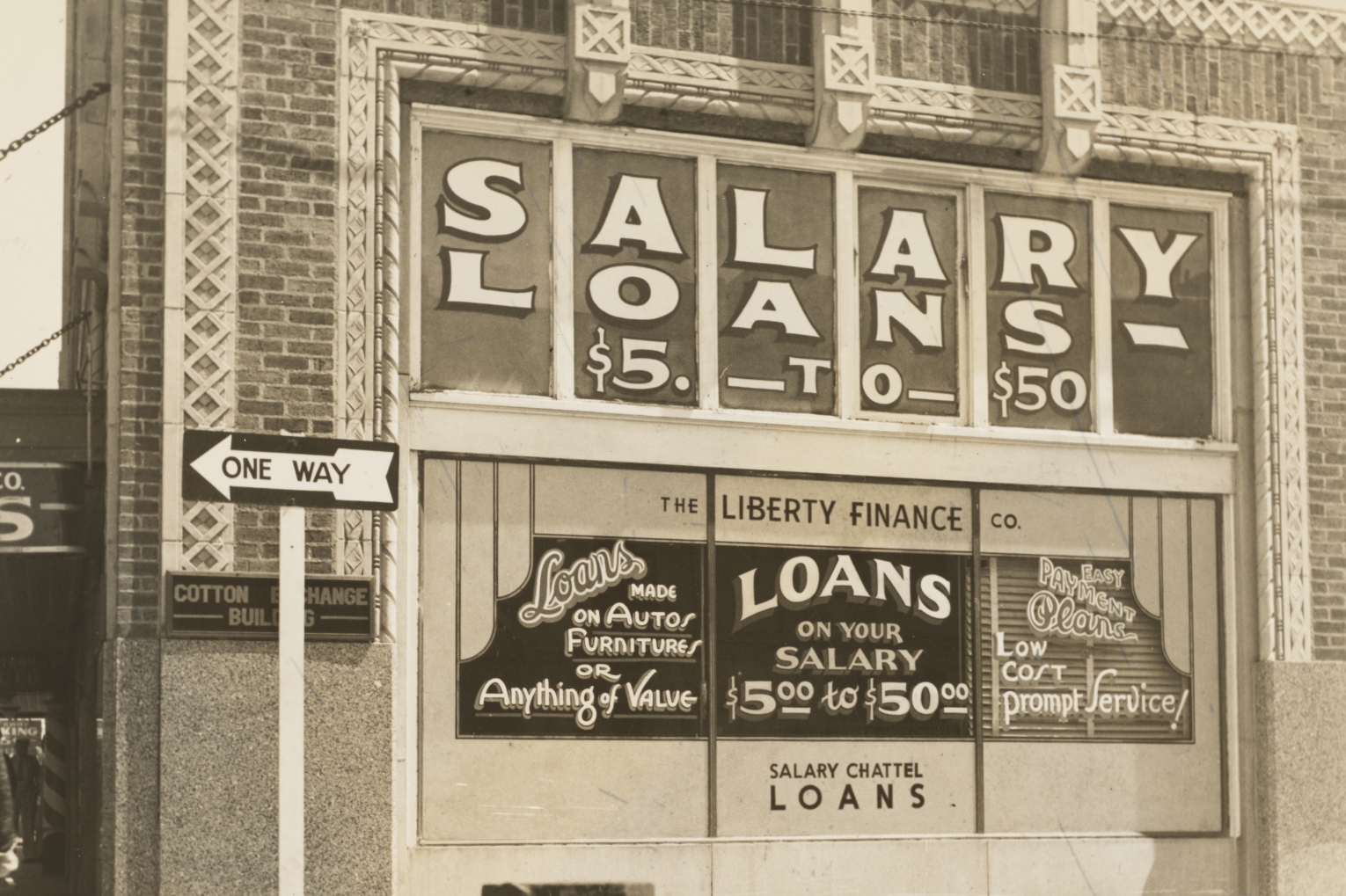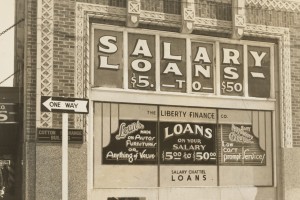by Matthew Cohen
Many of you applied for or plan on applying for Paycheck Protection Loan under the CARES Act. Assuming you have received or will receive funds stemming from this loan, you can breathe easy…for about 30 seconds. This is because now you have to figure out what to do to not have to pay back the loan.
On June 5, 2020, the President signed into law the PPP Flexibility Act. The purpose of this law is to both fine tune as well as provide clarity as to what you need to do to have your PPP loan forgiven.
Significant Changes from Original Law
Use of Funds Term
While the original law required forgivable funds to be spent over an 8-week period, current PPP borrowers can choose to either use an eight-week period or extend this period to 24 weeks. Unlike recipients who have already been approved, new PPP borrowers will have a 24-week covered period to spend forgivable funds as long as the period does not go past December 31, 2020.
This change was designed to make it easier for more borrowers to reach full, or almost full forgiveness by providing more flexibility.
Amount That Must be Spent on Payroll
Under the old act, PPP loan recipients were required to spend a minimum of 75% of the funds on payroll (which includes employee benefits and employer State payroll taxes) in order to be eligible to have the full amount forgiven. If less was spent on payroll, the amount that could be forgiven would have been prorated.
Under the language in the House bill, the payroll expenditure requirement drops to 60% from 75%. This is a mixed blessing. Although you are now required to spend less on payroll, if you do not meet the requirement, the total amount of the loan will
need to be paid back. It is important to make sure you do not fall off this “cliff”. To be safe, you should pay more than what you estimate to be 60% as a cushion.
Rep. Chip Roy (Texas), who co-sponsored the bill in the House, said in a House speech that the bill intended the sliding scale to remain in effect with the new 60% limit. In support of Mr. Roy’s intentions, Senators Marco Rubio and Susan Collins indicated that technical tweaks could be made to the bill to restore the sliding scale. We will need to see the final verdict.
Restoring Pre-COVID Employee Levels
In addition to using the time to spend the funds, borrowers may use the 24-week period to restore their workforce levels and wages to the pre-pandemic levels required to receive full forgiveness. The 24-week period has been extended through December 31, 2020 from the previous deadline of June 30,2020.
Exceptions
The new legislation includes two additional exceptions that will allow borrowers to achieve full PPP loan forgiveness even if they are unable to fully restore their workforce.
Under the previous version, borrowers could exclude employees that either resigned or that turn down good faith offers to be rehired at the same number of hours and pay they received prior to the start of the pandemic.
The new bill allows borrowers to make adjustments if they are unable to find qualified employees or are unable to restore business operations to February 15, 2020, levels due to COVID-19 related operating restrictions.
Loan Repayment
Under the prior version, assuming all or some of PPP loan proceeds must be repaid, existing PPP loan recipients have 2 years to pay back the funds.
Under the new program, new borrowers have five years to repay the loan. Existing PPP loan recipients may extend the repayment term up to 5 years if the lender and borrower agree. The interest rate was and will remain at 1%.
The new bill allows businesses that receive a PPP loan to also delay payment of their payroll taxes. This had previously been prohibited under the original CARES Act.
*Source: AICPA and National Law Review


